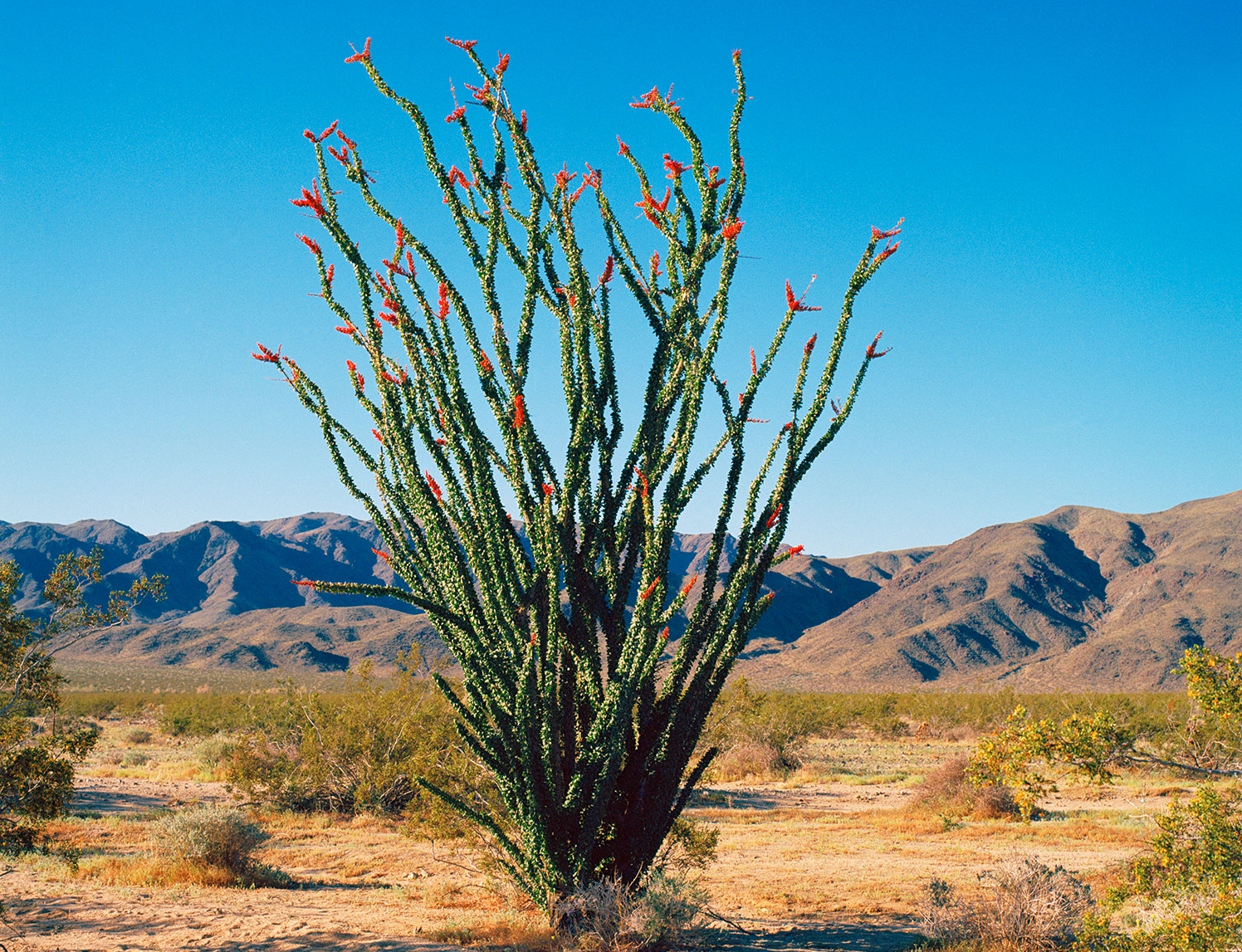Arizona, often referred to as the Grand Canyon State, is a mesmerizing landscape of arid deserts, rugged mountains, and myriad plant species. Among the most iconic of these are cacti, which thrive in its unforgiving environment. This article explores the types of cactus in Arizona, delving into the unique characteristics and adaptations that allow them not only to survive but to flourish in harsh conditions. The fascination with cacti transcends mere aesthetics; it encompasses ecological significance, resilience, and cultural heritage.
Understanding the types of cacti found in Arizona requires an acknowledgment of the region’s diverse ecosystems. From the Sonoran Desert to the high mountainous areas, each habitat supports different cactus species, each with intriguing attributes and survival strategies.
In the Sonoran Desert, where cacti abound, one can encounter the iconic Saguaro cactus, a symbol of the Southwest. The Saguaro (Carnegiea gigantea) can reach impressive heights of up to 40 feet and can live for over 150 years. Its tall, branching arms, which often begin to form after 50 years, have made it a beloved emblem of desert landscapes. The Saguaro’s waxy skin and spines serve essential functions: the skin minimizes water loss, while the spines provide shade and deter herbivores. This creature of the desert stands as a testament to resilience, thriving in an environment that can reach scorching temperatures during the day and drop below freezing at night.
Saguaro cacti produce beautiful white flowers in late spring, which are not merely a visual pleasure; they play a critical role in the ecosystem. The nectar attracts a variety of pollinators, including bees and bats, ensuring the continuation of the species. Subsequently, the fruit that forms following pollination is consumed by various animals, including birds and mammals, showcasing the interconnectedness within the desert ecosystem.
As we further explore the desert, we encounter the Organ Pipe cactus (Stenocereus thurberi). This distinctive cactus, with its tall, slender columns that radiate outward, resembles an organ pipe, hence its name. It typically grows in clusters, providing a dramatic visual effect across the landscape. Organ Pipe cacti prefer the warmer, more humid lower desert areas and are often found in protected canyons, where their resilience is tested against harsh winds and extreme heat. These cacti exhibit the remarkable ability to thrive under conditions that are inhospitable to many other plant species. Their flowers, which bloom at night to attract nocturnal pollinators such as bats, further emphasize their unique adaptations.
Additionally, the Cholla cactus (Cylindropuntia spp.) is a widespread species throughout the state. Chollas are characterized by their segmented stems and can have a deceptive charm. Their arms are covered in spines that can easily detach and attach to anything that brushes against them, a phenomenon known as “jumping cholla.” This adaptation is a clever defense mechanism against herbivores, acting as a deterrent while also promoting propagation. When animals inadvertently carry away the spines, they help in spreading the plant’s seeds to new locations.
Chollas may also exhibit various colors, ranging from green to purple, adapting their pigmentation to the intensity of surrounding light. The beauty of a Cholla cactus, especially when illuminated by the sun’s rays during golden hour, captivates nature enthusiasts and photographers alike. The brilliance of these colors accentuates the cactus’s forms, making them not only important ecologically but also artistically significant.
Among the lesser-known but equally fascinating cacti is the Barrel cactus (Ferocactus spp.). These typically rounded cacti are prevalent in Arizona and are easily identifiable by their ribbed, spiky exterior. The Barrel cactus can store a significant amount of water, allowing it to withstand long periods of drought. In times of desperation, its flesh can be utilized as a water source by both wildlife and humans. The vibrant yellow or red flowers that bloom during the summer further attract a variety of pollinators and contribute to the biodiversity of the region.
Interestingly, the cultural significance of cacti in Arizona cannot be overlooked. Native American tribes have long revered these plants, not only for their beauty but also for their practical applications. The pads of the prickly pear cactus (Opuntia) are edible, offering sustenance and nourishment. Furthermore, the fruits, known as “tunas,” are used in traditional recipes and medicines, showcasing the integral role of cacti in the cultural tapestry of the region.
Despite the harshness of the desert, the resilience of Arizona’s cacti has made them symbols of strength and adaptability. Their adaptations, from spine coverage to water storage, intertwine with the ecological practices of many species, emphasizing the rich interdependence found in desert environments. The diverse species of cacti not only contribute to the ecosystem’s health but also evoke wonder in those who inhabit or visit this rugged land.
The allure of cacti in Arizona lies not merely in their striking forms or vibrant blooms, but also in their stories of survival. These unique lifestyles reflect a broader narrative about resilience and profound adaptation in the face of adversity. From the towering Saguaros to the branching Organ Pipe cacti and the deceptively charming Chollas, each species offers a glimpse into the ethereal beauty and complexity of desert life. Arizona’s cacti embody a deeper connection to the land, inspiring endless fascination and respect for the tenacity of life in one of Earth’s most challenging environments.





Leave a Comment